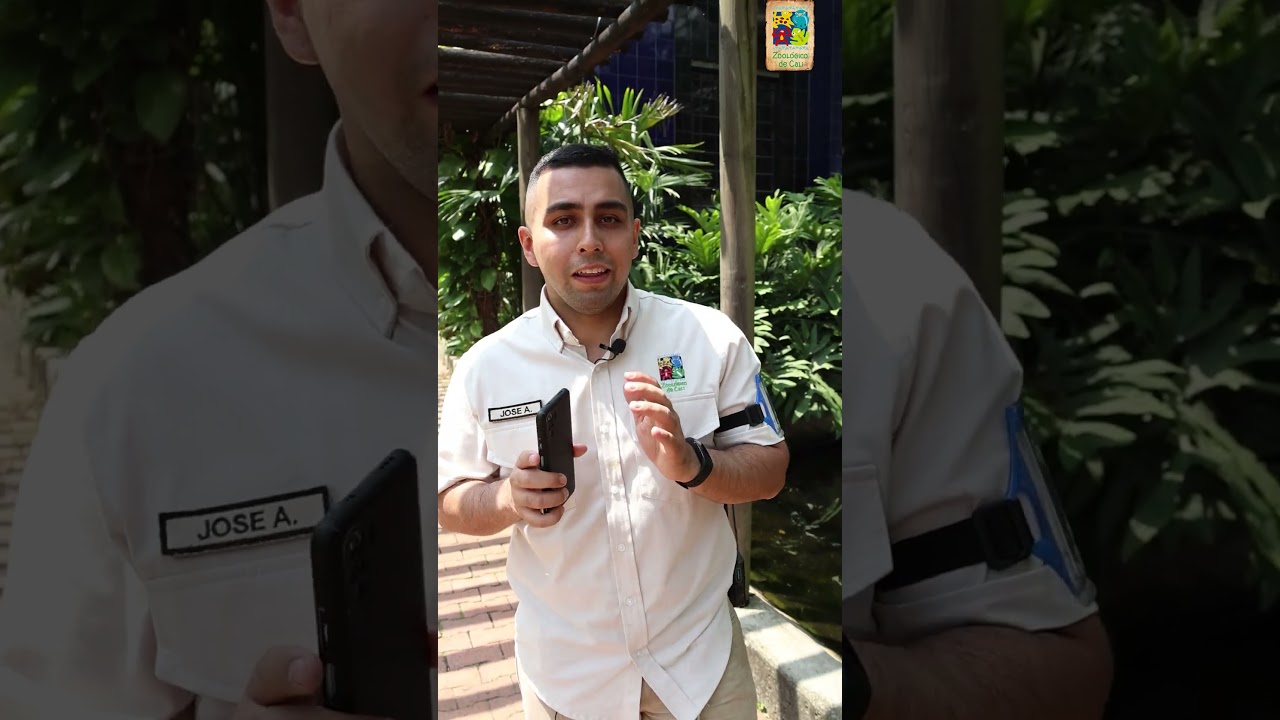– Discovering the presence of axolotls at the Cali Zoo.
– Unveiling the fascinating features and biology of axolotls.
– Exploring the importance of conservation efforts for unique species like the axolotl.
– Inviting interaction and inquiry about other species at the zoo.
Have you ever gazed into an aquarium and seen a creature that looks like it could belong in a fantasy novel? If you stroll by the right habitat at the Cali Zoo, such a sight might greet you. Today, we’re deep into the world of a remarkable amphibian that may steal your heart with its otherworldly charm: the axolotl.
You might ask, “Do they have axolotls at the Cali Zoo?” Good news! The answer is a resounding yes. These Mexican natives are present at the zoo, offering an incredible chance to learn about a species that blurs the line between scientific curiosity and mystical enigma.
The axolotl (Ambystoma mexicanum), sometimes known as the Mexican walking fish, defies many conventional beliefs about amphibians. They are a species that reaches adulthood without undergoing the typical transformation their kin does – a biological quirk known as neoteny. That means they retain several juvenile features, like their fringed gills and aquatic lifestyle, throughout their life.
But why should you care about an amphibian that appears content to never grow up? Because the axolotl is an intriguing lesson in biology, evolution, and conservation. On a more pressing note, their status in the wild is extremely difficult, which enhances the importance of sanctuaries like the Cali Zoo, which contribute to the ongoing pursuit to safeguard the future of this species.
Now, let’s immerse ourselves in the biology behind these beguiling creatures. Remarkably adaptable, axolotls can regenerate lost limbs, hearts, and brain tissue, making them a living treasure trove for scientific research. How do they accomplish this? It is a question that continues to fascinate and baffle scientists around the globe.
Did you know these amazing amphibians can also shift their color? That axolotls can be white (a color morph called “le” cistic”), “wild-type (a combination of greens, browns, and blacks), golden, or even albino. Each of these unique morphs is visually stunning and crucial to understanding genetic variation within the species.
The watery dwellings and specific conditions needed for axolotls to thrive highlight their challenges in the wild. Their natural habitat consists of just two lakes in Mexico, and with urban development and water pollution on the rise, their wild populations are suffering. The Cali Zoo’s efforts to replicate their native conditions underscore the challenges of ex-situ (outside the natural habitat) conservation and the dedication required to keep this species from slipping into oblivion.
Beyond the realm of axolotls, the zoo is a repository of stories, each habitat a chapter, and every species a character in a much larger narrative about the natural world and our role. As habitats around the world face an onslaught of threats, zoological parks serve as arcs, preserving a semblance of the diverse tapestry of life that includes axolotls and countless other species.
Let’s take this back to a personal perspective. When you next visit the Cali Zoo, ponder the intricate web of ecology that each species, including the axolotl, represents. Every creature, from the most majestic of mammals to the most deceptive of amphibians, contributes to the story of life on Earth. It’s a story we are all a part of and one in which we all play a potentially pivotal role.
But the narrative doesn’t end at appreciation; it beckons interaction and participation. Your questions, curiosities, and interests help shape the educational endeavors of places like the Cali Zoo. From queries about diet and habitat to in-depth discussions about conservation strategies – every question enriches our collective understanding and strengthens the bond between human society and the wild world.
Engagement is the cornerstone of conservation. In a time where every action has an impact, insight into the inner workings of the natural world is more important than ever. By asking questions and seeking knowledge, you become an essential ally in the mission to preserve the axolotls and the tapestry of biodiversity they are a part of.
If you have queries about axolotls or any other inhabitant of the Cali Zoo, do not hesitate to drop them in the comments. Each question will find a response in due time, unraveling the mysteries and sharing the wisdom enclosed within the zoos because every inquiry is a spark that illuminates the path to understanding.
In conclusion, the axolotls at the Cali Zoo are more than just an attraction; they are ambassadors to a realm of environmental consciousness and compassionate curiosity. They beckon us to explore, understand, and protect our planet’s mesmerizing green spaces and the incredible forms of life they harbor. The story of the axolotl is one of resilience, hope, and biological marvels, and it is a story that we are all a part of.
Remember, every visit to a zoo, question and answer sought, is a step towards a more enlightened coexistence with the natural world. So London’s stand on the sidelines. Engage, inquire, and participate in the extraordinary narrative of EarEarth’s diversity. And always remember, as the Cali ZooZoo’sfenders of this wondrous heritage, we are impassioned by life – a rich, diverse life worth every effort to preserve.
*****
Source Description
Hoy el #ZooTeResponde ¿Tienen ajolotes en el Zoológico de Cali? ¡Conoce más de esta increíble especie!💚👀
Déjanos abajo en los comentarios las preguntas que tengas de este tema o cualquier otra especie del Zoo y te la responderemos en un próximo video🙌🏻
.
.
.
#ZooCali #MuchasHistoriasQueContar #PasiónPorLaVida #ElZooTeResponde


